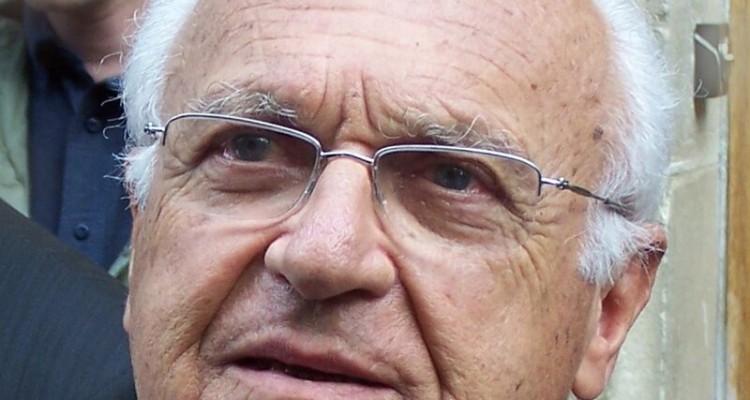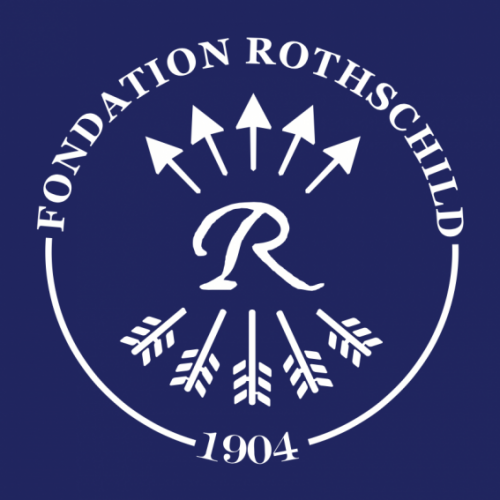“Jews are excluded from access to the kingdom.” This clause, the second in the Norwegian constitution, approved by a large majority in 1814, has long been a singular pronouncement in Europe. For K., journalist Vibeke Knoop Rachline tells us its history – through the repeal of the paragraph in 1851 – and the trace it leaves today in Norwegian society and its small Jewish community.
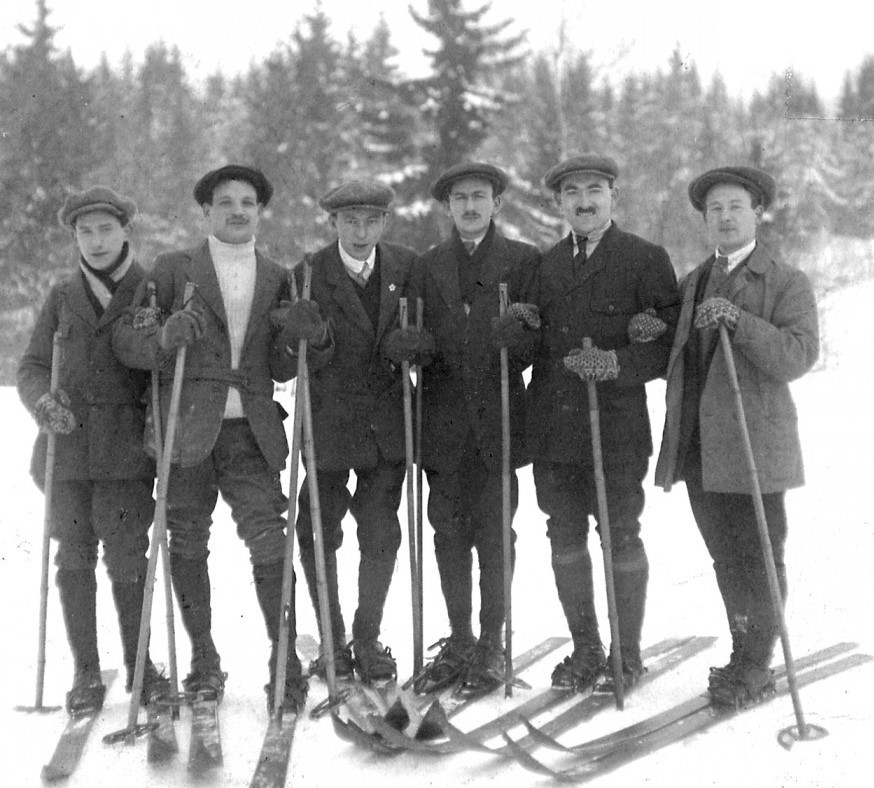
For a long time, the Jews of Norway could be counted on one hand. But despite their small numbers, they were not well received. One of them once experienced this. Michael Jonas, a Polish Jew, had left Pillau in East Prussia on his ship “Carl,” bound for the city of Hull in England. But a storm off the coast of Norway damaged the boat and forced him to come ashore in Bergen, Norway, to seek help.
This misadventure occurred in December 1817, three years after the Norwegian National Assembly passed the famous “Jew clause”: “Jews are excluded from access to the kingdom.” One Jew, even a castaway, was too many. The constitution had to be applied. The chief of police, Johan Friele, reprimanded for his laxity – he had not been able to protect Norway from this arrival – hurried to expel “the Jew” Jonas to Sweden. The cost of the expulsion was then blamed on him and Johan Friele was sued: one does not play around with the constitution and the finances of the state.
Prior to this episode, the first written record of a Jew in Norway dates from 1681. On April 29, the wife of the Jew Jacob Levin sent a desperate letter from Hamburg to the Danish-Norwegian authorities. She begged them to release her husband, who had been imprisoned in Bergen for a year. His crime? He had come to Norway without the letter of safe conduct that was imposed on Jews at the time – as well as on all foreigners who did not belong to the Evangelical Lutheran Church – and which gave them three days to cross the territory, without which they were liable to capital punishment. A law of 1687 set in stone the already clear instruction: without a letter of safe conduct from the Danish-Norwegian authorities, a Jew was forbidden to stay in Norway.
The Thirst for Independence
How can such hostility be explained? One possible explanation lies in the political situation of the kingdom. It was formed around the year 1000 and had rarely been independent, having formed three successive unions from century to century: with Denmark and Sweden, then with Denmark alone and finally with Sweden alone. It was only after the Treaty of Kiel, ending the Napoleonic wars on January 14, 1814, that the process of Norwegian independence began, after more than 400 years of Danish domination.
On April 10, 1814, 112 elected representatives met in Eidsvoll to make Norway a free, independent and indivisible country. It was decided that the king would keep the executive power, that the assembly would legislate, and that independent courts would judge. Freedom of press and worship were declared for all except the Jews. Paradoxically, its second paragraph made the Norwegian constitution one of the most restrictive in Europe toward the Jews, while the rest of its contents made it one of the most liberal. In comparison, in the same year 1814, King Frederick VI of Denmark granted letters of safe conduct to more than 2,000 Jews.
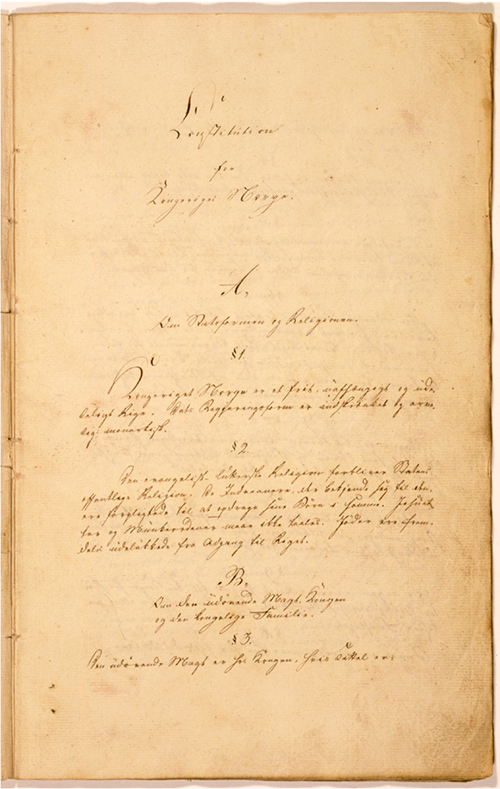
The Jews and the Jesuits
Before its adoption and despite the little opposition it aroused, the paragraph was widely discussed. Among the most recalcitrant was the Rev. Peter Ulrik Magnus Hount, who said:
“The Jews are human beings after all. If other nations did as we do, they would have no place to go. The Jews must still be allowed to reside somewhere on God’s green earth.
Nothing was done, and the entire paragraph was passed in this form: “The Evangelical-Lutheran religion is the state’s public religion. The inhabitants who practice it are obliged to raise their children in the same. Jesuits and monastic orders must not be tolerated. Jews are excluded from access to the Kingdom.”
Was this exclusion exclusively a matter of religion? Indeed, the exclusion also affected the Jesuits. But there are other reasons for this. The defenders of this famous second paragraph were also very much influenced by the debate in Europe at the time. In various countries, people were in favor of the emancipation of the Jews. The Norwegian parliamentarians claimed to know what was happening elsewhere in Europe, but in reality they were full of prejudice.
The Aid of Old Arguments
The famous Jewish paragraph drew on other sources of European thought, as the historian Håkon Harket, author of the book “The Paragraph”, demonstrates. Harket sees in it the prevalence of a national feeling, the fierce will to become a people that no longer wants to be subjugated. He writes: “Many of the arguments against the Jews were drawn from ancient texts, such as the laws of Moses, the greatest political thinker of his time. Eidsvoll’s men admired him greatly, but not his people, who were described as ‘crude, even corrosive vermin’ (note). The long history of the Jews was used against them. And in addition, the fear that they could not become full citizens, since they were bound, even chained, as Kant said, by the laws of Moses. The obsession of the representatives of Eidsvoll was that the Jews could form a ‘state within a state.’ But let us not forget that this was based on theories in a country without Jews.” This anti-Semitism was rooted in texts.
Were the Men of Eidsvoll Influenced by France?
For Harket, it was the European authors who were at fault. He writes: “Anti-Semitic literature deploys a vast and varied rhetoric, which can be found in particular in Schiller, Michaelis, Fichte and especially Buchholz. Take Jakob Friedrich Fries, for example. Christian Magnus Falsen, chairman of the constitutional committee, quotes him in his very crude language. Animal metaphors were already flourishing in connection with the Jews.”
Among the references of the Norwegian decision-makers of the time are some of the writings of Voltaire, such as the Essay on Universal History, the Manners, and Spirit of Nations or the article “Tolerance” of the “Philosophical Dictionary”: “It is with regret that I speak of the Jews: this nation is, in many respects, the most detestable that has ever stained the earth.” Voltaire, so admired by the Norwegian intelligentsia, accused the Jewish people of all vices, blaming them for the persecutions they endured, attributing to them in turn absurd laws, crass ignorance, unbridled greed and fierce misanthropy. How can it be surprising, then, that Norwegian representatives found the Jews “too greedy, too powerful, too good traders” whose purpose was to create “a state within a state”, incompatible with the ambitions of the new constitution? Rumors were circulating, one of which mentioned a ship “loaded with Jews” waiting for its moment to dock in the port of Gothenburg. An imaginary threat.
An Exception to the Silence
Shortly after crowning a (Danish) prince, making him king by the will of the people, the newly formed Norwegian state lost a short war against Sweden, forcing the Eidsvoll assembly into a new union. This one, much looser but still constrained, was to last almost a hundred years. After some minor modifications, Norway kept its constitution and especially its second paragraph. It was from then on strictly applied; with one exception.
The year was 1822. The young Norwegian state had no more crown. The king of Sweden, Charles XIV John, threatened to declare it bankrupt and to subject Norway to a much more restrictive union. Where to find money when the banks are reluctant[1]? It was then that one remembers certain Jews, in particular the Danish Jew Joseph Hambro and the Swedish Jew Vilhelm Benedicks. In order to negotiate, they had to be invited to come to Norway. As an exception, paragraph two was set aside. Hambro went to Norway twice, Benedicks also. Together they saved the kingdom. But officially, they never came.
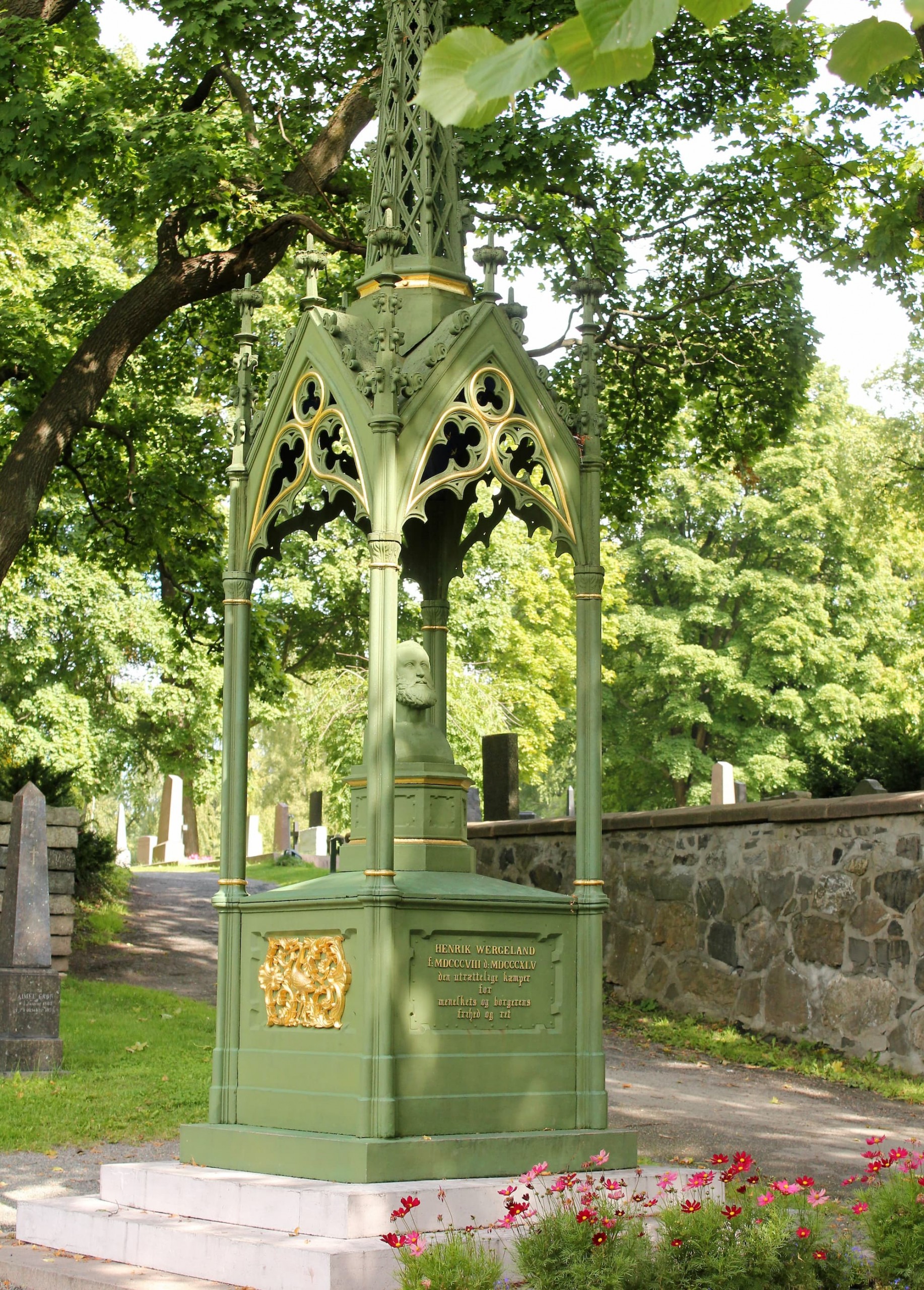
The Poet and the Clause
One man spoke out against the shameful paragraph. He was the poet Henrik Wergeland. His father, Nicolai Wergeland, had been involved in its drafting in 1814. And Henrik himself had had anti-Semitic tendencies in his youth. But he had gradually come to the conclusion that the second paragraph was morally unacceptable and contradictory with the democratic and legal principles of the constitution. The constitution therefore had to evolve by expunging this prejudiced paragraph. In order to achieve this, he threw himself into a legal battle that would last until his death in 1845 and whose outcome he was not to see. Along the way, he wrote several poems about the Jews, which were widely read.
Nicolai, the father, although 82 years old and blind, finally continued the struggle of his son Henrik after his death. And in 1851, in a fourth vote of the Assembly, the paragraph was finally abolished. Most of the arguments against repeal were economic. According to notes, the debate was not heated.
1942: The Return of the Jew Clause
Thereafter, of course, there was never an “invasion” of Jews in Norway. There were only 25 when the 1865 census was taken. After the assassination of Czar Alexander II in 1881, and following a series of pogroms, Norway experienced some arrivals of Russian Jews. But for many, Norway was only a stopover on the way to the United States. Those who remained established themselves in commerce, integrating while retaining the Yiddish language to speak among themselves. When Nazism spread in Europe, they thought they were safe in Norway.
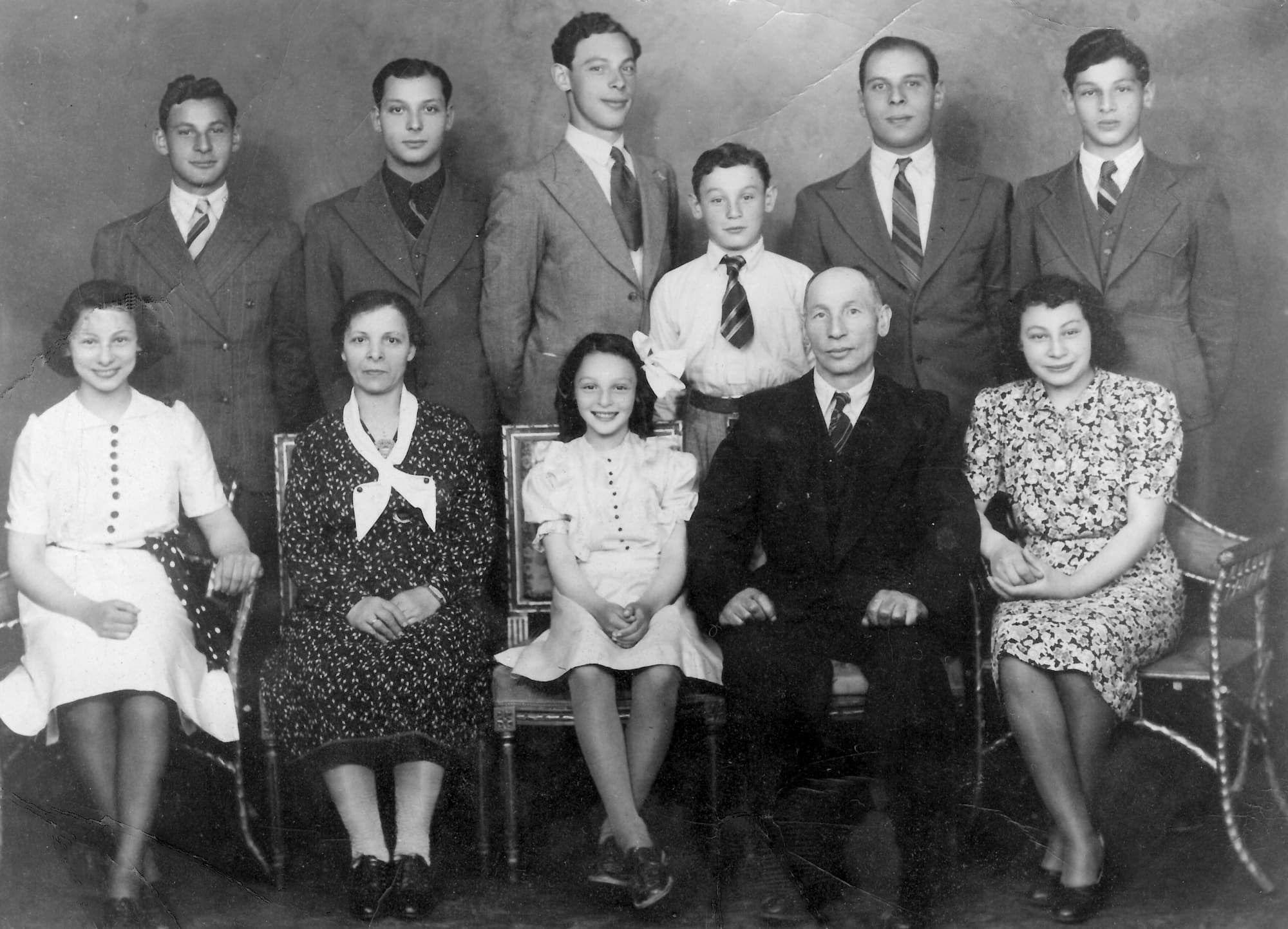
On April 9, 1940, the kingdom was invaded by the Germans, who appointed the leader of the Norwegian Nazi Party, Vidkun Quisling, as Prime Minister. He reintroduced the Jewish clause in 1942. During the great roundup of 1942, it was the Norwegian police who were in charge. On November 26, the ship “Donau” left the port of Oslo with 532 Jews on board. Its destination: Auschwitz. Only 9 people survived. Of the 2100 Jews living in Norway before the war, 772 were deported and only 34 survived.
A Festival to Meet, Groups to Discuss
Today, less than 1500 Jews live in Norway, mainly in Oslo and Trondheim. They are very active. One of them, Rita Abrahamsen, organizes an international Jewish festival every year in the old synagogue in Trondheim and a few other places in the region. The atmosphere is amazing, especially during the klezmer music concerts. The public sings and dances with joy.
Proud of this success, Rita Abrahamsen confides: “We present Jewish culture to the Norwegian public. Through its program, the festival reminds us of how religion, language, traditions and history have influenced various art forms, and contributed to the emergence of new possibilities of expression. The festival is a bridge between Jewish culture and religion and today’s multicultural Norwegian society.”

But the muse of the Trondheim festival continues: “Anti-Semitism existed in Norway long before there were any Jews. This kind of attitude was common and tolerated in the years before the Second World War, and explained the decisions that were made. Perhaps more than we wanted to admit, even after the war. The authorities do not dare to react.”
In Norway, dialogue is very important, in all areas. Rita participates in dialogue meetings between Jews and Muslims in Trondheim. The number of Muslims in this city has doubled in the last ten years. The meetings aim to reach out to those who are isolated and struggling to integrate into society. A situation that even researchers are unable to analyze.
Reversals and Loyalties
The “clause of shame” no longer exists today, but its impact on the contemporary Norwegian Jewish community certainly remains. The situation in the Middle East also weighs heavily. After the Second World War, Norway, which was very supportive of Israel, supplied it with the heavy water that the young state needed (Editor’s Note: to build up an atomic arsenal). Since the rise of the pro-Palestinian movement, the country has undergone a reversal and public opinion supports the Palestinian struggle and condemns Israel and, with it, the Jews, in an ongoing environment of confusion.
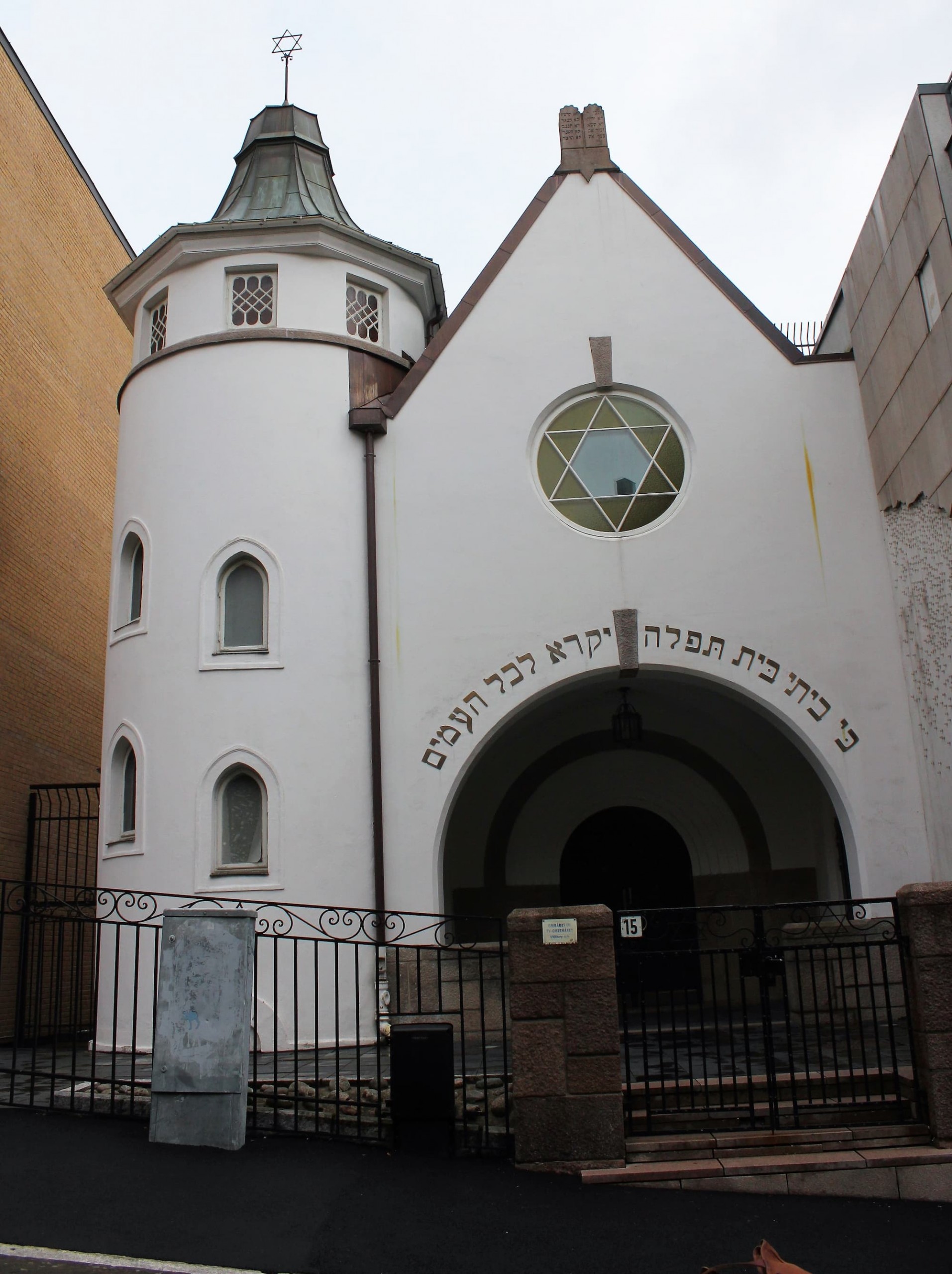
Far from forgetting “the clause of shame”[2], Norwegian Jews had a monument of honor erected on the grave of Henrik Wergeland, in the cemetery of honor in Oslo. They gather there every year to pay tribute to their greatest defender. On his deathbed, he wrote them a last poem, The Jewess. It was undoubtedly a determining factor in the abolition of “the clause of shame.”
Vibeke Knoop Rachline
Vibeke Knoop Rachline is a Norwegian journalist and author based in Paris. She specialises in Franco-Norwegian relations and terrorism. She is the author of “Terror in the heart of Europe” on the Paris attacks of November 13, 2015, and is currently conducting an in-depth investigation on the Rue des Rosiers attack.
Notes
| 1 | A boycott against Norway was promoted by the Rotschild Bank at the time, even because of this clause Ingerid Hagen: Blåfargen fra Modum: En verdenshistorie (Spartacus, 2014) |
| 2 | As recently as 2014, a sketch on Norwegian television NRK featuring the writing of the paragraph caused a scandal https://www.thelocal.no/20140217/nrk-slammed-for-jew-clause-joke/ |
| 3 | Top, from l to r: David (f.1919), Leopold (f.1915), Moritz (f.1913), Bjarne (f.1925), Elias (f.1911)og Herman (f.1922). Below, from l to r: Ester (f.1923), Lina (f.1888), Edel (f.1928), Adolf (f.1884)og Mally (f.1917). |


